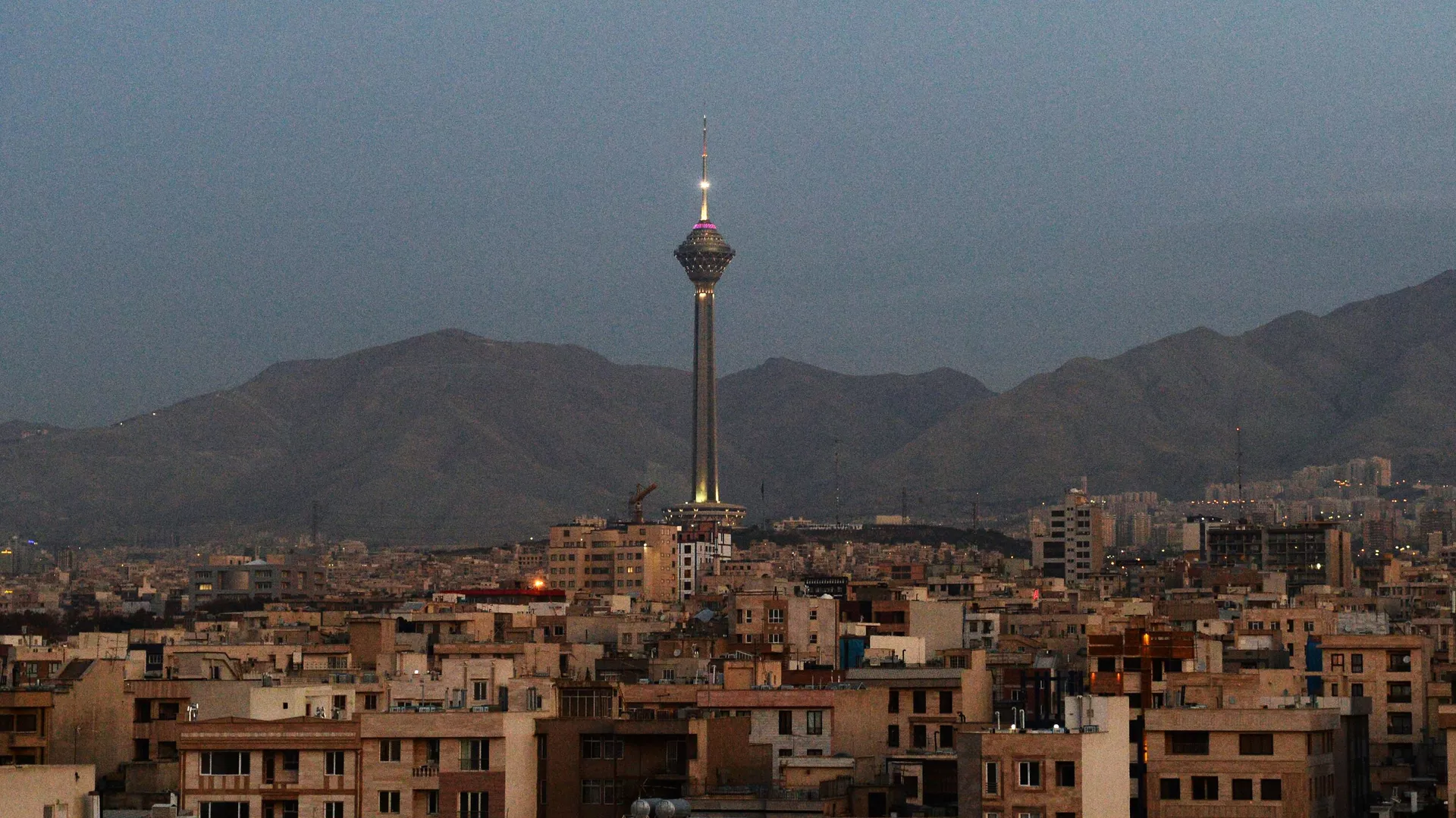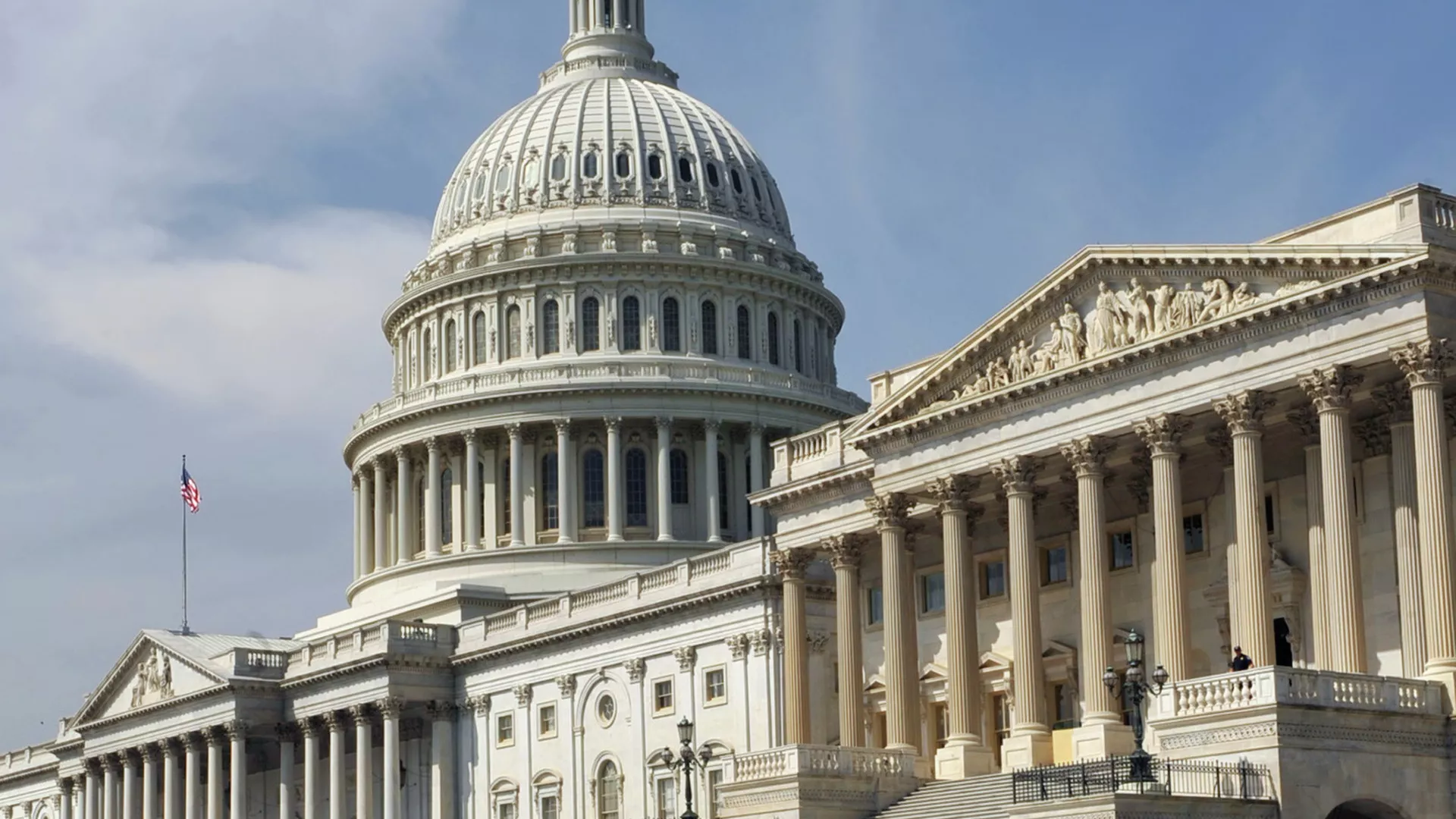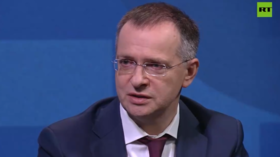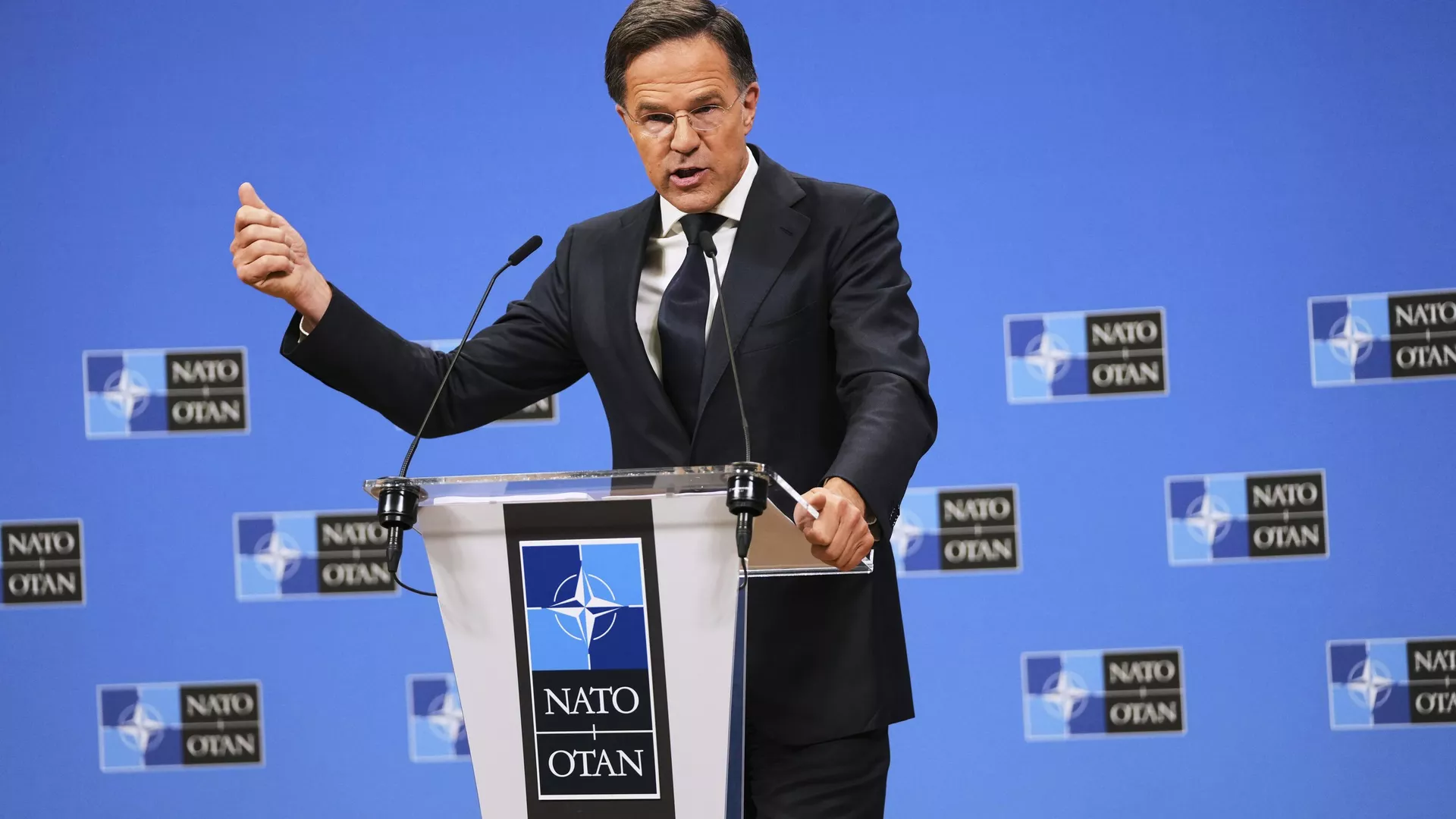
Syria’s transitional government has yet to make clear how it will deal with the debts that the former Assad regime incurred with Russia and Iran. In a regime change context, debt restructuring is often framed as part of the broader transitional justice conversation.
From Cuba in 1898 to Iraq in 2003, many countries that have undergone a political transition have cancelled or restructured the debt owed by former authorities in power.
In the past, Syria too wrote off part of its external debt. In the 2000s, the Syrian government agreed to restructure its public debt with Poland, Romania, Bulgaria, the Czech Republic and Slovakia. In 2005, Russia agreed to erase 75 percent of the debt that Damascus had contracted, with USD 1.5 million remaining to be paid in 10 years.
Today, some analysts argue that Syria should invoke the ‘odious debt’ doctrine and declare null the debts the Assad regime contracted with Moscow and Tehran, while other voices caution against invoking this doctrine and advocate instead for a restructuring negotiated within an international framework with the involvement of multilateral financial institutions such as the International Monetary Fund (IMF).
Theoretically, several paths can lead to debt cancellation or restructuring: a unilateral decision by the sovereign state, bilateral agreements with the creditors, and an international negotiation. All three options are complex and entangled in delicate geopolitical calculations.
The way the Syrian transitional government deals with the file of the external debt may impact the government’s ability to obtain financing from international lenders such as the IMF and the World Bank (WB).
Foreign Debt
Debt incurred by the Assad regime with its two key allies, Moscow and Tehran, is shrouded in secrecy.
In January, Syrian government officials said the external debt was in the range of USD 20 to 23 billion, while Foreign Minister Assad Al-Shibani told Financial Times that the figure stood at USD 30 billion. In March, then-minister of economy Bassel Abdul Hannan said they were “still looking at the numbers” to estimate the debt to Iran and Russia. The Syria Report reached out to the transitional government for clarification, but they did not reply.
Most of the external debt is likely owed to Iran. A couple of years ago, Iranian opposition figures estimated Syria’s debt to Tehran at USD 50 billion, but Iranian officials said it was an inflated figure. Some of the Iranian credit lines have been made public: for instance, in January 2013, Iran provided a USD 1 billion credit line to Syria, and in August that year a new USD 3.6 billion credit facility was formalized. According to a recent article in Majalla by Syrian economist Joseph Daher, the lowest estimate of Syria’s debt to Iran stood at USD 16 billion.
It is also unclear how much Syria owes to Russia, but it is known that in 2020 Moscow loaned Damascus USD 700 million. In November that year, Moscow announced it had allocated USD 1 billion for Syria’s power network, but it was not clear if it was a grant or a loan.
It is difficult to establish how much the former regime paid back to Russia and Iran during the 13-year old conflict. Syria’s state budget includes a category called ‘public debt,’ but it is unclear how much foreign debt, if any, was included in this budget line since it encompasses local debt. According to the [2024 budget], expenses in ‘public debt’ stood at SYP 11.8 trillion (around USD 1.38 billion at the exchange rate at the time), while in 2023, that figure stood at SYP 5.04 trillion (around USD 1.68 billion). It is worth noting that the budget figures should be taken with caution as they refer to the intended expenditure, not necessarily actual expenditures.
Prior to 2011, the World Bank estimated that Syria’s external debt stood at USD 5 billion, mostly in the form of bilateral loans. After the outbreak of the conflict, the Assad government stopped repaying these loans. As a consequence, there are ongoing legal battles in the courts in the United Kingdom and the European Union to recover EUR 640 million in unpaid loans. It remains to be seen if Western powers are open to negotiating that debt.
Syria also owed USD 15 million in arrears to the World Bank and IMF, but these were paid by Qatar and Saudi Arabia in April.
Odious Debt Doctrine
The odious debt doctrine is a set of principles that were first articulated in 1927 by jurist Alexander Nahum Sack. The key tenets for establishing the odiousness of the debt are: first, if the debts were incurred against the interest of the people (and/or in the personal interest of the leaders), and second, if lenders could have known at the time of lending that the funds would not benefit the population.
This doctrine has “often been raised to adjust or sever debt obligations in the context of political transitions, based on the purported odiousness of the previous regime and the notion that the debt it incurred did not benefit, or was used to repress the people,” noted a [UNCTAD, see this] 2007 report titled ‘Concept of Odious Debt in Public International Law.’
The term odious debt,
“rather than a self-standing legal doctrine, might be regarded as a lex specialis of transitional justice, a form of justice that is inherently and pervasively political and legal as well as highly contextualised in its specific content,” noted UNCTAD.
This doctrine lacks an explicit legal framework, meaning that there is no specific international tribunal that decides on whether a country’s debt is odious. In the dozens of historical precedents where new authorities in power reneged on debts contracted by a former regime, the matter has been solved in an ad hoc manner, mostly influenced by geopolitical interests.
In this vein, the UNCTAD report noted that
“due to the complexity and variety of transitional contexts, there is no single obvious legal forum for the adjudication or settlement of claims of odiousness. Depending on context, such claims might appropriately be raised in bilateral or multilateral negotiations on debt relief, or they could be adjudicated in the context of arbitration or domestic litigation.”
Eric Toussaint, spokesperson of the Committee for the Cancellation of Illegitimate Debt (CADTM), told The Syria Report that
“any debt contracted by a despotic government that uses violence against its own people should be considered as odious.” The odious debt doctrine applies to sovereign debt, meaning “debt accumulated by a government that could be owed to private creditors, lenders, public creditors, financial markets, or bilateral debt,” he added.
If the debt is
“considered odious, it should be fully erased, but in practice there are negotiations. For instance, in the case of Iraq, U.S. officials said that Saddam Hussein’s debt was odious, and after negotiations, lenders eliminated 80 percent of the debt,” Mr Toussaint said.
Invoking the odious debt doctrine “can provide one kind of normative and legal foundation for a transitional solution that includes debt reduction” and that the partial repayment of such debt as a transitional solution “is not inconsistent with the concept of odious debt,” according to the UNCTAD report.
Adnan Mazarei, senior fellow at the Peterson Institute for International Economics, who previously served as Deputy Director of the IMF in the Middle East, told The Syria Report that instead of the ‘odious debt’ doctrine, other approaches like the ‘war debt’ doctrine could be more useful in the Syrian context.
“We all, intuitively and philosophically, know what odious debt is, but it is not an accepted and operational framework for addressing odious debt,” he said.
The ‘war debt’ doctrine would allow Syria to cancel all debt incurred after 2011. In practical terms, given that most of the current debt to Iran and Russia was contracted after 2011, one could argue that it would have the same effect in the Syrian case as the ‘odious debt’ doctrine. In fact, some authors have included ‘war debt’ as a subcategory of odious debt. Mr Mazarei said that the concept of odious debt “gained relevance” after the toppling of Saddam Hussein.
“We knew this [Iraqi debt] was odious debt, but there was no clear established framework, so the Iraqis decided not to use the ‘odious debt’ doctrine,” and instead opted for negotiations led by the United States and mediated within the U.N. context.
States and international lending organisations have been reluctant to regulate the notion of “odious debt” as the instrument that could determine the fate of state debt obligations. The 1983 Vienna Convention on Succession of States in Respect of State Property, Archives and Debts is the only international convention on debt repayment, but it never came into force because it failed to reach the minimum number of ratifications, according to the UNCTAD report.
Mr Toussaint said that
“the community of lenders will not be happy if you use the doctrine of odious debt because it will go against their interests, as lenders who want to be able to lend money to any government, including despotic governments.”
In the case of Syria,
“it is evident that [the Assad regime was] a despotic regime responsible for crimes against its own population, so the odious debt doctrine is applicable,” Mr Toussaint said, adding that it is “a mistake to advise the people of Syria not to use the odious debt doctrine.”
The government led by Ahmad Al-Sharaa, vowing to adopt a free market model, has been engaging diplomatically with Western powers, and multilateral financing institutions (from the IMF, WB to the Islamic Development Bank).
Invoking the ‘odious debt’ doctrine might ruffle some feathers within the same international lending actors that Damascus is seeking to be on good terms. The UNCTAD report stated that in some transitional contexts,“parties often hold back from the exercise of their full legal rights and obligations for pragmatic reasons, including reputation effects and an interest in maintaining relationships,” and that in some cases “the best option for reasons of economic and financial stability could be to continue to pay all debt, even if it is odious.”
Mr Toussaint said that in a transitional process, when the
“new regime prefers to find a way to pay back the debt, they contract new debt to pay old odious debt,” and he argued that this was “very dangerous because at the end it is the population of the country who will have to make sacrifices to pay this debt.”
Geopolitical Calculations
In practice, if the Syrian government opts to cancel or restructure its debt with Moscow and Iran there are three common paths: a unilateral decision, bilateral negotiations with Russia and Iran, and a debt restructuring negotiation coordinated with international actors.
In theory, a claim may also be invoked “in state-to-state arbitration or even in the International Court of Justice,” noted the UNCTAD report. Syria could go against Russia and Iran at the International Court of Justice and argue that due to their support for the despotic Assad regime, they cannot “ask Syria to pay back that debt,” explained Mr Toussaint, adding that while “this option will take time, it could be interesting to make public the debate on debt relief.”
The UNCTAD report stated that while taking the case to an international court is possible on paper, in practice these issues are “much more likely to be voiced in political or diplomatic discussions and negotiations in the context of political transition in the debtor country.”
Each of the three options (unilateral decision, bilateral negotiations or international mediation) presents pros and cons.
The complicated geopolitical puzzle that Syria finds itself in today – with key players involved such as Turkey, the United States, Russia, Gulf countries, the European Union, China and Iran – adds a layer of complexity. This scenario may lead to a situation where debt relief in Syria becomes a bargaining chip in other international scenarios, such as the U.S.-Iran negotiations, or U.S. ties with Russia and Turkey.
Unilateral Decision
The “most efficient” approach would be to “take unilateral sovereign decisions based on the argument of international law, and to declare null and void the debt to Russia and Iran incurred by the Bashar Al Assad regime,” Mr Toussaint argued.
Mr Mazarei disagreed with this view and warned of the reverberations that such unilateral decisions could have.
“When I am saying I am not paying this debt to you as a country, that is technically a sovereign default. The advantage is that it is very simple, but it becomes a question of whether I am going to default on everything,” he said. He added that while a “unilateral approach” may be “understandable” it will not be “easy.”
When countries “do default without agreement on its reasons and a framework, then international organisations cannot lend, countries cannot necessarily lend on a bilateral basis,” Mr Mazarei said. “You need to be seen approaching creditors and at least sitting down to discuss. And the IMF would need to do a debt sustainability analysis as it did for Iraq,” he added.
Bilateral Negotiations
In the Syrian case, bilateral negotiations are not only bound by the current state of affairs between Damascus and its two main creditors (Russia and Iran), but also by the relations of key players such as the United States with Syria, Iran and Russia.
When it comes to the Syria-Iran dynamics, it is unclear what tools Iran has today to pressure Syria to repay.
“In the Iranian case, geopolitical dynamics are quite in favour, because Iran does not have a lot of tools today to pressure Syria to pay back. So it would make sense today to pressure Iran regarding this file, because on top of that, the U.S. wouldn’t be opposed to it,” Joseph Daher, a Syrian economist, said.
Two weeks after the fall of the Assad regime, a spokesperson for the Iranian Foreign Ministry said that the agreements signed between Iran and Syria were made “between two states” and by the principle of ‘state succession’, the Syrian government ought to pay the debt. A week later, a source close to the Syrian caretaker government told Al-Modon that the government planned to submit a memorandum to international courts demanding Iran to pay USD 300 billion in war reparations. Many understand that if the Syrian government is asking Tehran to pay war reparations, they do not intend to pay the debt contracted with Iran.
There are opposing legal views concerning the ‘state succession’ principle invoked by the Iranians.
“It is well established in international law that a political transition, even from an oppressive regime to a popularly legitimised one, does not in itself break the continuity of state-to-state debt obligations, even where the transition involves state succession”, the UNCTAD report stated, adding that “at the same time, state practice, the rulings of international tribunals and the writings of most academic authorities reflect acceptance of some equitable limits to the sanctity of state-to-state debt agreements.”
The dynamics with Russia differ. After the fall of the Assad regime, Moscow and the transitional government have maintained a cordial tone, and Russia has kept its airbases in Hemeimeem and its naval base in Tartous. In February, Russia’s President Vladimir Putin had a phone call with Mr Sharaa, and between January and April Moscow sent four shipments of crude oil.
Mr Daher foresaw a possible deal with Russia “because Ahmad Al-Sharaa has been very pragmatic, Russia has kept its military sites, Russia is providing oil, so there could be a deal, not necessarily involving Russia cancelling the full debt, but diminishing it massively.”
A bilateral Syria-Russia deal may upset Western actors, however.
“One bilateral agreement may prevent other bilateral agreements or new funding,” warned Mr Mazarei.
As it did in 2005, Russia may offer debt relief to Syria in exchange for concessions, such as keeping their military foothold in the Mediterranean or granting them rights to exploit natural resources.
“The international community may say ‘hold on, we are not going to give you [Syria] debt relief, if you turn around and let them [Russians] keep the bases,’ or if they [Syria] pay back to Iran, ” Mr Mazarei said.
“Nobody is going to stop country A from giving new money to Syria, but it becomes complicated if then Syria takes money from that and repays others,” said Mr Mazarei in reference to Iran and Russia.
International Negotiations
A unilateral decision to invoke the odious debt doctrine and a bilateral Syria-Russia deal are two options that will likely to be frowned upon by Western powers and multilateral financing institutions. The third path would be an international negotiation, but this option is complicated by conflicting geopolitical interests.
Mr Toussaint argued that while the internationally mediated negotiations in the case of Iraq led to a deal, in Syria, he is not sure it is possible “given the veto right of Russia at the UN Security Council.” After the U.S. invasion of Iraq in 2003, Washington-led efforts for debt reconciliation, and the UNSC adopted Resolution 1483 in support of Iraq’s debt restructuring.
For Mr Mazarei, the best-case scenario would be an international negotiation.
“In the ideal scenario – with support from the U.S., E.U., Persian Gulf countries – Syria would sit down and have a discussion hopefully in the context of the UN or the UNSC, with the presence of the IMF and WB,” he said.
Asked about Moscow’s veto power at the UNSC as a key obstacle, Mr Mazarei conceded that in that case, the conversation
“instead of being held at the UNSC, may need to be held at the U.N. General Assembly, or you may have an international conference without Russia and Iran,” he added.
Mr Mazarei foresaw that the most likely scenario is that
“the Syrians would say that they will pay debts incurred before 2011,” and will not pay debts incurred after the outbreak of the war, a step that “will make it more tolerable to the international community.”
The international community, including the IMF, can “become creative” if needed, he said, mentioning an IMF decision to allow Ukraine not to pay some debts to Russia, following Russia’s invasion of Crimea in 2014.
The U.S., given its power at institutions such as the IMF and WB, is expected to play a key role in these negotiations.
“Based on how they handled other things, the Trump administration has the ability to make things very complicated. The U.S. approach could be erratic and unpredictable these days, and could seriously complicate any debt rescheduling,” said Mr Mazarei.
The U.S. is “trying to negotiate with Russia on Ukraine, with Iran on the nuclear program, all of these issues will get entangled together,” he added.
For instance, it is unclear if the Trump administration might be willing to pressure Putin to accede to debt relief in Syria.
At a press conference on Monday, President Trump hinted at the possibility of lifting sanctions on Syria, which could signal Washington’s interest in supporting the political transition, but it is premature to assume what the U.S. position will be in terms of Syria’s debt restructuring.
.

Saudi Crown Prince Mohammad Bin Salman, President Donald Trump, and Syrian interim president and US Specially Designated Global Terrorist Ahmad al Sharaa meet in Riyadh on May 14, 2025. (White House Press Secretary Karoline Leavit on X)
.
Auditing
The first step in any debt reconciliation effort is to know what is owed, to whom, and under what conditions.
“At the international level, there is an issue with debt transparency. For instance, some contracts may say, country A lends money to Syria, but that is collateralised by Syria’s oil exports, so that lender will have the first claim on Syria’s oil exports, if such condition exists that complicates the issue,” Mr Mazarei said.
An audit of the debt, conducted by an international firm, will enable the IMF to do a “debt sustainability analysis” to estimate what amount of debt relief Syria needs, explained Mr Mazarei. This audit will also clarify who the obligors are. “Who contracted the debt in Syria, it could be the state, a public enterprise, a private sector entity with a government guarantee, a Syrian private sector company,” said Mr Mazarei, adding that different rules apply for different types of obligors.
Mr Mazarei explained that a key step in the debt restructuring process – and for Syria to obtain new financing in general – is that the government “needs to have a coherent strategy, they need to build trust, domestically and internationally, in the sense that if debt forgiveness is given or even new resources come into the country, they would not be misused.”
Damascus will need to clearly establish what are their repaying capabilities, their funding needs, and they also need to build institutions, he said.
“Who in Syria would do that? What is the role of the Ministry of Finance, Foreign Affairs, the Central Bank? I am not going to give any debt restructuring to a country if I feel various ministries are fighting over who controls it,” Mr Mazarei added.
In other countries, civil movements have had a key role in pressuring the government to conduct an audit of debt they considered illegitimate or odious. According to the CADTM,
“citizen debt-audit initiatives were particularly active in countries including Brazil (since 2000), Argentina (2018-2022), Portugal (2010-2011), France (2011-2014), Greece (2011-2015), Spain (2010-2018), Italy (2013-2017), and Belgium (2013-2016).”
Mr Toussaint said that if the audit was made “with the participation of the citizens” it would help raise awareness “among the population and the international public opinion” of the debt claim to Syria.
“It is important to make the population aware of the possibility of using the doctrine of odious debt,” he concluded, adding that it remains to be seen if in the Syrian context there is “capacity by the civil movement, a possibility from below to put pressure on the new regime to ask for the full cancellation of the odious debt.”
Mr Daher agreed the first step would be to conduct a full audit of the internal and external debt, but added that this topic has not been widely discussed among activists. Within civil society groups,
“they haven’t worked a lot on socio-economic issues. If you look at the file of transitional justice there’s not a lot of advocacy regarding how we should challenge the assets of the state that were partly privatised during the time of the Assad regime and benefited crony capitalists, but regarding economic crimes there has not been a lot that has been done.”
In any case, the capabilities of Syria to repay its debt to Russia and Iran seem weak. The “reconstruction bill” is estimated by UNDP at hundreds of billions of dollars. In 2025 Syria needs USD 370.9 million to deal with the returns of refugees and internally displaced people, and for the first half of this year, the U.N. coordinated Syria Humanitarian Response Plan has only received 10.2 percent of the USD 2 billion required, per U.N. figures. The 2025 budget approved by the former regime stood at SYP 52.6 trillion ([USD 3.89 billion- https://syria-report.com/syrias-2025-budget-with-rising-investments-deficit-at-21-percent/]) with a deficit at 21 percent.
Historical Precedents
The concept of odious debt has been invoked in the past several times: sometimes it has led to unilateral decisions to nullify the debt, in other cases it was used as a starting point to restructure the debt, and in others it was not deemed suitable. Here is a non-exhaustive list of countries that have pushed for debt reconciliation or cancellation.
- The Fourteenth Amendment of the Constitution of the United States of America, ratified in 1868, stated that “neither the United States nor any State shall assume or pay any debt or obligation incurred in aid of insurrection or rebellion against the United States, or any claim for the loss or emancipation of any slave; but all such debts, obligations and claims shall be held illegal and void,” noted the UNCTAD report. This meant that debts of the Confederacy “not collected before the end of the Civil War were null and void.”
- The 1898 U.S.-Spanish war over Cuba put an end to the Spanish colonial rule on the island. The U.S. “refused to assume certain debt owed by Spain” on the basis that “the loan was not contracted for the benefit of Cubans, indeed some of the funds had been used to suppress popular uprisings in Cuba,” noted the UNCTAD report. U.S. officials “explicitly referred to the Cuban debt as ‘odious.’ This is arguably the first direct application of the doctrine of odious debt,” added the report.
- After the 1917 Russian revolution put an end to tsarist rule Russia, the Soviet government repudiated in 1918 the debts incurred by the tsarist government.
- In 1922, the government of Costa Rica refused to pay the loans that ousted dictator Federico Tinoco (who ruled the country between 1917 and 1919) had contracted. “During the summer of 1919, the Banco Internacional de Costa Rica issued several ‘bills’ of credit to the Royal Bank of Canada, in respect of which the Royal Bank paid several cheques drawn by the Tinoco Government. The money was used personally by Tinoco and his brother and for no public purpose,” noted the UNCTAD report. “In this case Costa Rica and the U.K. agreed to have an international arbitration, and the decision was to declare the debt null and void, and odious,” Mr Toussaint explained. This case “establishes some authority for the existence of opinio juris with respect to the doctrine of odious debt,” noted the UNCTAD report.
- In the South Africa’s apartheid regime, some voices invoked the need to apply the odious debt doctrine and reject apartheid-era debts, but the president of South Africa, Nelson Mandela, and the African National Congress “came under heavy pressure not to renounce apartheid debt” and “distanced itself from calls to nullify its apartheid-era debts. It was considered important not to default on debts in order to attract critical foreign investment”, noted the UNCTAD report.
- Iraq contracted a USD 125 billion debt under Sadam Hussein’s rule. Following the U.S. invasion of Iraq in 2003, “a United States congressional initiative was introduced (…) to eliminate Iraqi odious debt. The bill was based on the notion that such debt not only impedes a successful rebuilding of post- authoritarian States, but that the debts were never legitimate inheritances of the new Government due to the doctrine of odious debts,” noted the UNCTAD report. Later on, however, the debt restructuring process – which led to a 80 percent write-off of the debt – was framed as on the grounds of ‘debt sustainability’, and no references to ‘odious debt’ were made. “The Iraqi case could be seen as an example of a transitional situation (which continues to transition four years after the change of regime), in which invoking considerations of odiousness might make the task of obtaining relief more difficult or slower than the use of more evident and easily applicable criteria of economic sustainability,” according to the UNCTAD report. Mr Mazarei argued that Iraq is a good framework because “there was a decision not to use odious debt as an approach, instead there was an international understanding supported by the UN and US steps to immunize Iraqi oil proceeds and other assets from attachment by creditors.”
- In 2007-2008, Ecuador conducted an audit of its debt and concluded part of it was illegitimate, and had not benefited the people of Ecuador. Mr Toussaint was part of the audit committee. “We gave to the government our conclusions, and the government decided to suspend the payment to private creditors in November 2008. In 2009, the government gave a unique option to the creditors to buy back our sovereign bonds at a discount price of 70 percent,” Mr Toussaint explained. “This was a unilateral decision, there was no international arbitration, it was a big victory for Ecuador against its creditors.”
*
Click the share button below to email/forward this article. Follow us on Instagram and X and subscribe to our Telegram Channel. Feel free to repost Global Research articles with proper attribution.
Featured image: “Rubble at Quneitra” by watchsmart is licensed under CC BY 2.0.
Global Research is a reader-funded media. We do not accept any funding from corporations or governments. Help us stay afloat. Click the image below to make a one-time or recurring donation.
Counter Information publish all articles following the Creative Commons rule creative commons. If you don't want your article to appear in this blog email me and I will remove it asap.









































No comments:
Post a Comment